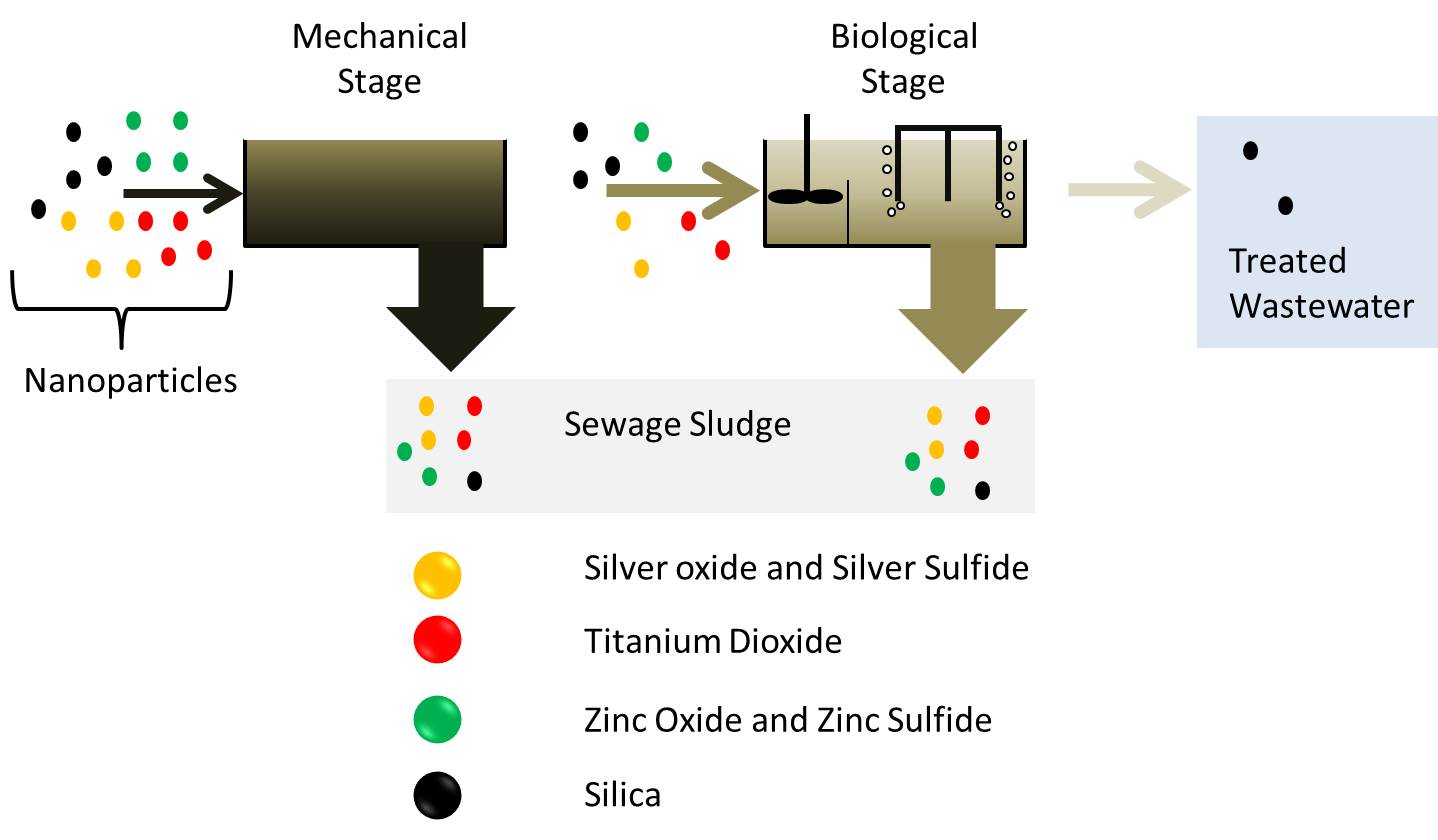The Single Strategy To Use For Residential Water Treatment System
Table of ContentsResidential Water Treatment System for BeginnersSome Known Facts About Residential Water Treatment System.Residential Water Treatment System Things To Know Before You Get ThisLittle Known Questions About Residential Water Treatment System.

on the other hand, comes from manufacturing, commercial and business activities lugged as well as has a completely various make-up than sewer water. Just how does it function? The primary step in this water treatment plant is that the wastewater drains to the plant with the aid of gravity through the major sewer system.
In this phase, the water moves with the crushed rock chamber to remove any kind of grit. The water then moves to the bar screens which remove big items.
This is then removed from the storage tank as well as disposed of at the dump. Following comes the sedimentation phase, additionally understood as the primary treatment. In this stage, the water streams to the primary settling tanks, likewise known as pre-settling containers. These tanks have receptacles which are positioned in the base of the container where water streams with.
Our Residential Water Treatment System Ideas
These working out tanks make it possible for the sludge to clear up and afterwards moves to food digestion storage tanks. In the food digestion containers, the sludge is heated and also combined. An additional vital point that happens right here is the production of biogas, which the wastewater treatment plants can reuse, in the production of electrical or thermal power which is another significant advantage to the setting.

The last action in wastewater therapy is examination. This inspection involves inspecting the contamination level of the water dealt with and also ensuring it abides by the highest criteria in order to be launched or recycled for residential or industrial functions. residential water treatment system. Applications: A lot of oil refineries or petrochemical as well as chemical markets generate a large quantity of wastewater as well as require on-site wastewater treatment plants.
The wastewater here moves through displays and also right into settlement basins that can obtain particles in large quantities. It serves as a pre-treatment as stated above as it takes location before three even more aggressive phases- main, additional as well as tertiary treatment. Main Treatment During this stage, the wastewater relocates right into the clarifiers.
Residential Water Treatment System Fundamentals Explained
It is the design of these storage tanks that lead to settling, that is, the natural solid issue gathers at the end of the storage tank while the lighter issue drifts to the top becoming easier for removal. The natural additional resources matter that settles near the bottom is called a key sludge blanket.
Second Treatment This treatment stage consists of cardiovascular oygenation. Oygenation containers consist of aerators, these have a system of pipelines or tubes connected to them. They are constructed from ceramic or rubber membranes that have small holes in them for air to travel through. When this air streams via the aerators, the little holes existing, turn them right into bubbles and also they obtain blended with the water column.
This RAS goes back into the key clarification container and also the microorganisms in it helps in damaging down any type of natural matter in the sewage. When RAS has entirely gone with both the primary and also additional explanation containers continuously, i. e several times, it is transformed right into waste-activated sludge (WAS). The WAS then does not go back to the main information container yet rather transfers to the protected tanks, also referred to as cardio sludge digesters.
Finally, the staying sludge transfer to the dewatering facility that includes dewatering containers where the plant uses belt presses to squeeze any type of staying water out of the sludge. Tertiary Treatment Tertiary therapy complies with the procedure of both key as well as secondary procedures however likewise additionally involves mechanical as well as photochemical procedures.
Residential Water Treatment System Things To Know Before You Buy
The goal of this is to remove as much strong physical issues as possible prior to sending out the effluent for further treatment. Right here chemicals are included to break down any kind of solid and chemical waste.
There are 2 kinds of resins- one is an anion one while the other is a cation one. These previous resins release hydroxyl ions which are adversely billed while the cation resins launch hydrogen ions that are favorably billed. The cation-exchange resins lead to softening of water, the anion-exchange cause the removal of nitrate from wastewater and the combination of both the anion and cation exchange removes essentially every ionic impurity present in the feed water with a process called deionization (residential water treatment system).
Applications: Demineralization leads to the complete removal of minerals from the water and also is normally used in markets that need water with high degrees of purity, for example- makeup or feed you could look here water in high-pressure boilers, the explanation food and beverage sector, and procedure streams utilized in the production of electronic devices. They are also made use of in markets for the generation of vapor, power and also cooling.
Reverse Osmosis (RO) Water Treatment The principle of reverse osmosis (RO) works on the purification approach that leads to the elimination of a lot of contaminants as well as impurities from wastewater by applying pressure to it when it is on one side of a membrane. How does it function? This water therapy plant works by using a high-pressure pump that increases the stress on the salt side of the RO and forces the water throughout the semipermeable RO membrane (which enables some atoms and also molecules to pass yet not others), leaving almost 95%-99% of dissolved salts in the decline stream.